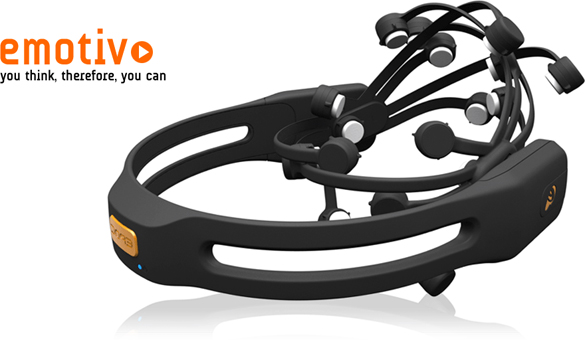Imagine you are waiting to be interviewed for a job that you really want. You’d probably be nervous, fingers drumming the table, eyes restlessly staring around the room. The door opens and a man appears, he is wearing a lab coat and he is holding an EEG headset in both hands. He places the set on your head and says “Your interview starts now.”
This Philip K Dick scenario became reality for intern applicants at the offices of TBWA who are an advertising firm based in Istanbul. And thankfully a camera was present to capture this WTF moment for each candidate so this video could be uploaded to Vimeo.
The rationale for the exercise is quite clear. The company want to appoint people who are passionate about advertising, so working with a consultancy, they devised a test where candidates watch a series of acclaimed ads and the Epoc is used to measure their levels of ‘passion’ ‘love’ and ‘excitement’ in a scientific and numeric way. Those who exhibit the greatest passion for adverts get the job (this is the narrative of the movie; in reality one suspects/hopes they were interviewed as well).
I’ve seen at least one other blog post that expressed some reservations about the process.
Let’s take a deep breath because I have a whole shopping list of issues with this exercise.

